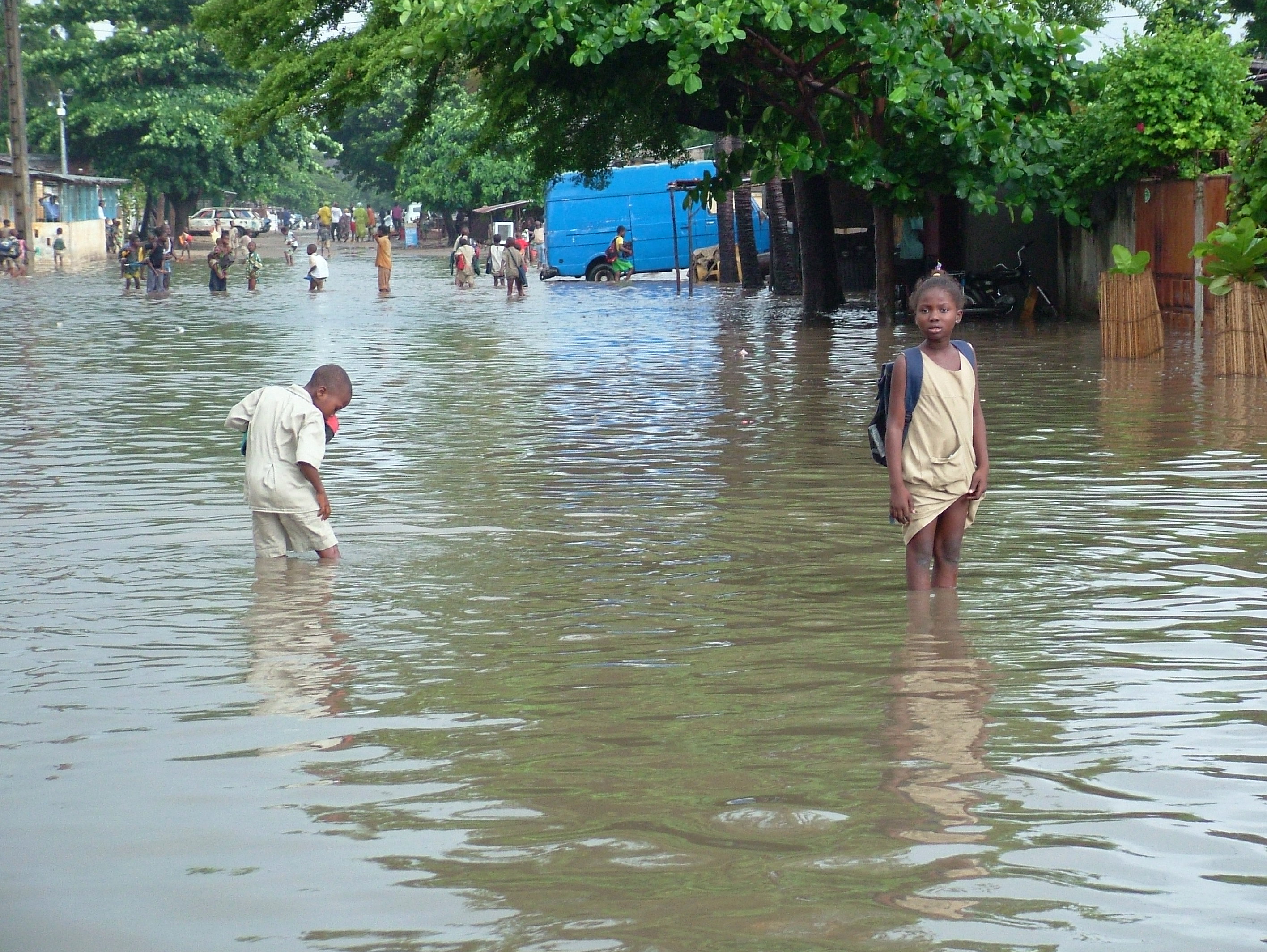“The question is not why meteorological services and humanitarian organizations are talking to each other today, but why they have not been talking for one-and-a-half centuries,” said Maarten van Aalst, associate director of the Red Cross and Red Crescent Climate Centre at the Hague.
Since 2008, the International Federation of the Red Cross and Red Crescent (IFRC) has been working with Columbia University’s International Research Institute for Climate and Society (IRI), Niger-based African Centre of Meteorological Application for Development (ACMAD), and regional agriculture research agency AGRHYMET, to create seasonal forecasts that help the federation to predict disasters.
With the regional rainy season under way, IFRC has stockpiled relief items in vulnerable areas; is warning communities in the Gulf of Guinea - where above-average rainfall is predicted - to prepare for flooding; and is training volunteer teams in areas expected to be most affected.
All this helps in more efficient resource use, Youcef Ait-Chellouche, IFRC’s West Africa disaster management coordinator, told IRIN. “We now set the alert before the disaster happens. Our teams are in place 48 hours in advance,” he said.
When heavy rains were predicted in southern Senegal on 15 July, an IFRC assessment team was ready and waiting. “We gained a lot of time, and time is important in making disaster responses effective… In other years before this partnership we were preparing for potential disasters. With seasonal forecasts, we know what is likely to happen so we can focus on probable, not potential disasters.”
Most of the hazards facing West Africa are climate-related, including droughts, floods, and weather-related public health epidemics such as cholera, malaria and meningitis, according to the IFRC.
Data poverty
One reason it has taken so long to get these partnerships working, Haresh Bhojwani, international development officer with Columbia’s IRI, told IRIN, is that regional observatories are only beginning to be able to accurately forecast climate by season, as opposed to six-to-10 days in advance.
Predicting seasonal patterns involves analyzing 30 years of data, and satellite imagery has only been around for that long, he said.
National and regional observatories in sub-Saharan Africa are still “data-poor” said Bhojwani, most of them lacking the complex technology, funding, or expertise required to gather such satellite data. They have instead relied on buying satellite imagery from abroad.
“Processing, calibrating, validating and tailoring the information so it can be used...requires groups like ACMAD and AGRHYMET to have the right support to get the job done,” he said.
ACMAD is the Africa's only continent-wide climate prediction centre.
“You need to pick the right product – some analyze temperature, some cloud cover, some soil moisture, some vegetation… there isn’t a single product that answers all the questions,” he added.
The IRI helps national and regional observatories package the information they collect so that decision-makers such as health or defence ministries, or the IFRC, can act on it.
For Ait-Chellouche, this means he receives regular colour-coded maps of West Africa marked with a yellow zone indicating drought, blue meaning attention is needed, and red, which calls for urgent action. The latest 15 July weekly forecast put Guinean capital Conakry, parts of Gambia, Southern Senegal and Sierra Leone at “high risk” of heavy rain and strong winds.
Climate change and development funding
With the climate change adaptation debate evolving, and aid agencies and governments increasingly focusing on preventing disasters before they happen, Bhojwani hopes support for such partnerships will rise.
The French and UK governments and Columbia University support ACMAD. To tap into further funding, it needs to package its information carefully – this time to donors.
“Development donors want to improve climate forecasts but do so in a way that benefits the development outlook - food security projections, water resource management, agricultural planning, malaria prevention… if these observatories organize themselves around that paradigm they can start to tap into development funding related to climate change,” Bhojwani stressed.
aj/mw
This article was produced by IRIN News while it was part of the United Nations Office for the Coordination of Humanitarian Affairs. Please send queries on copyright or liability to the UN. For more information: https://shop.un.org/rights-permissions




